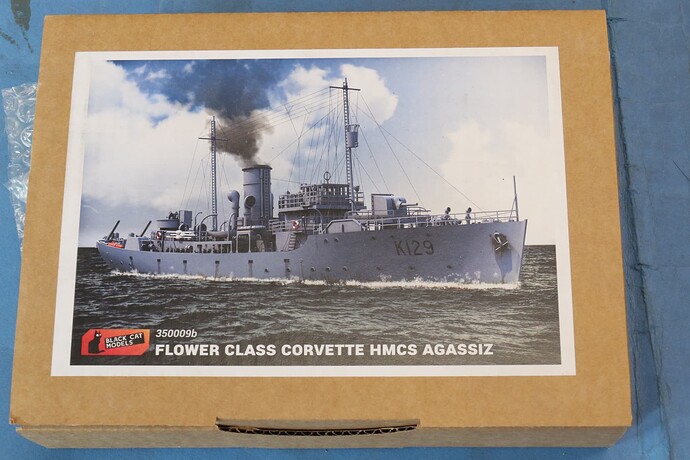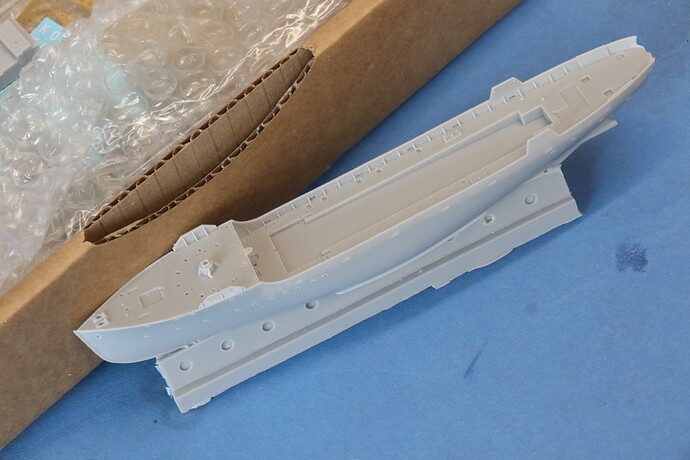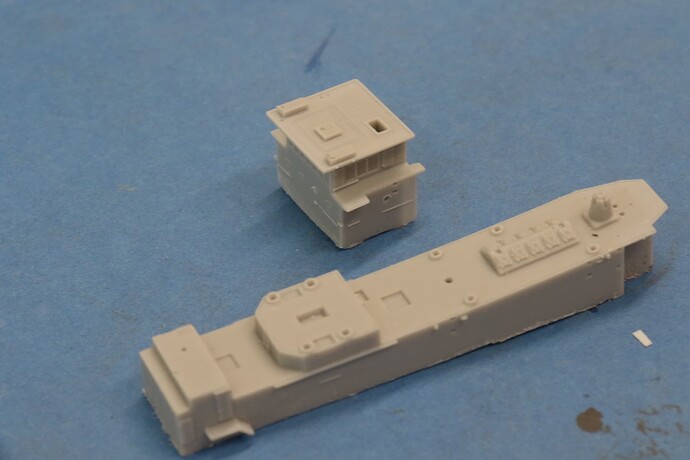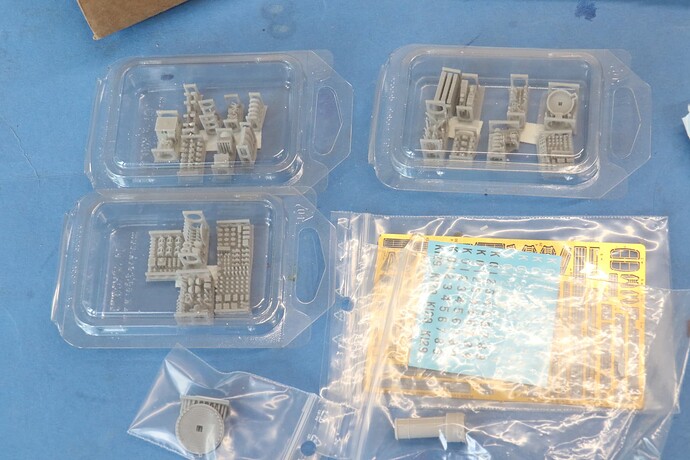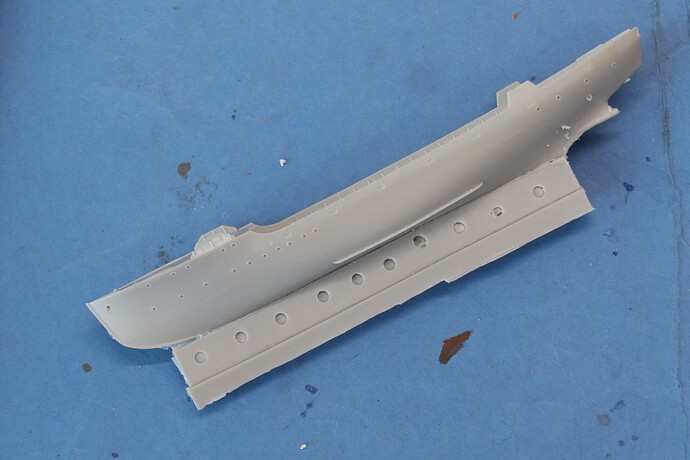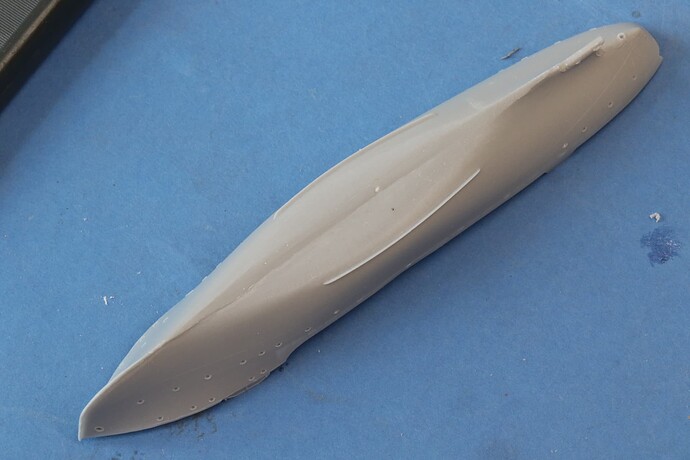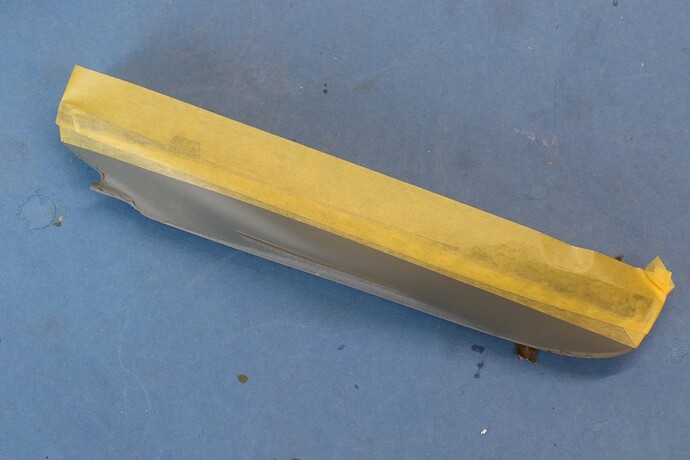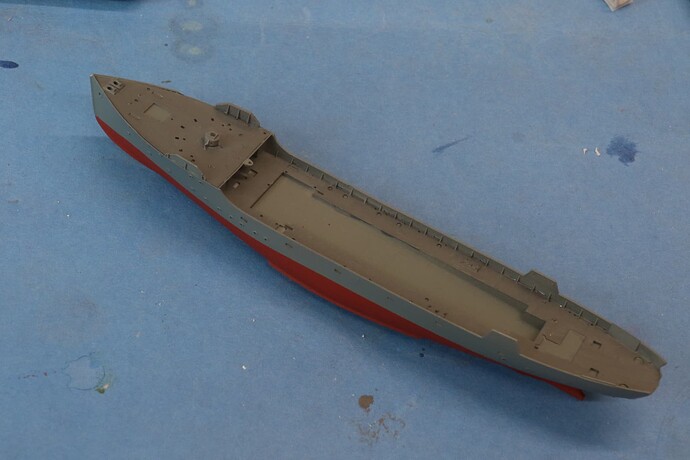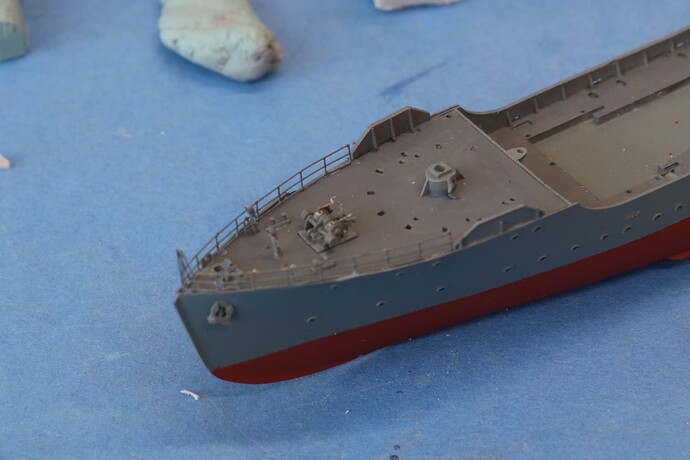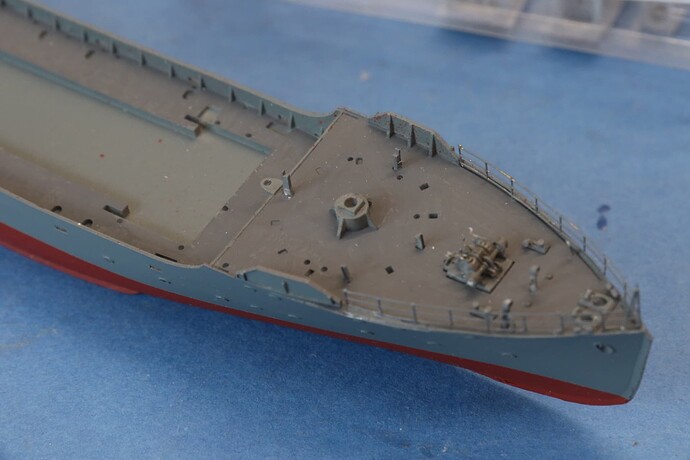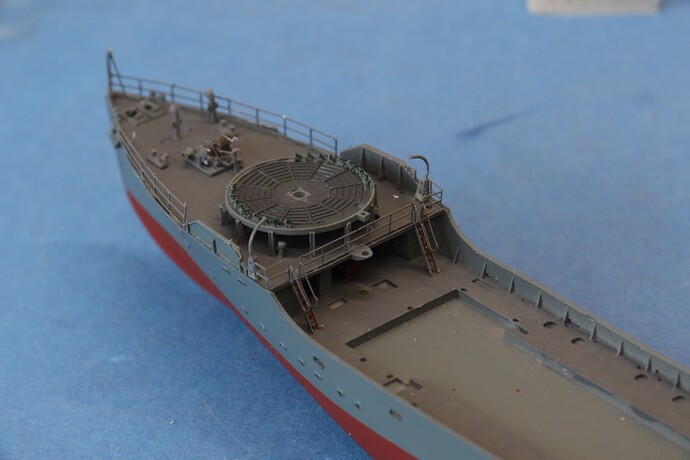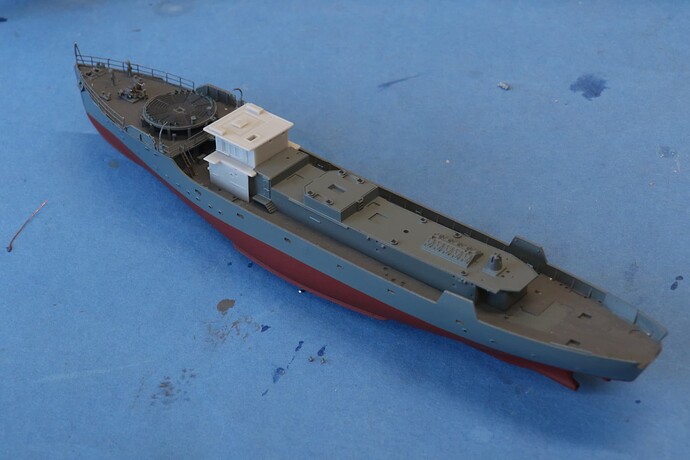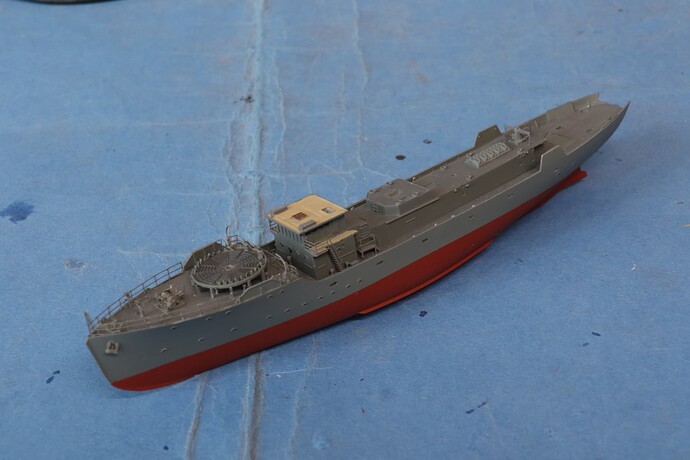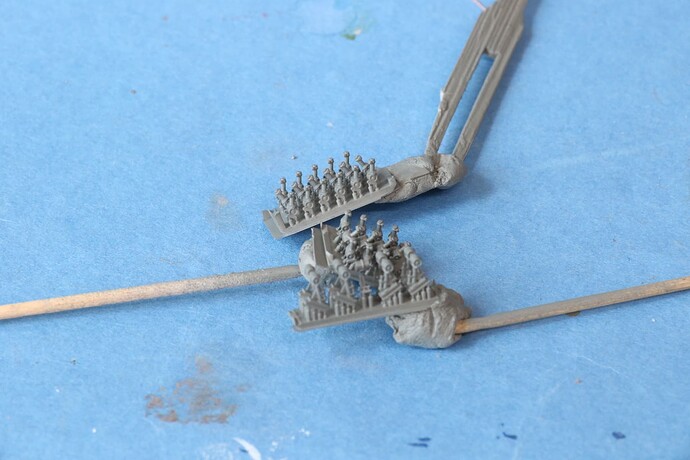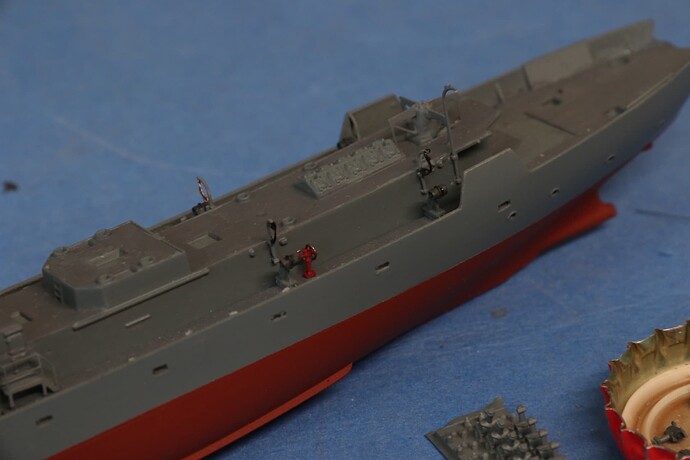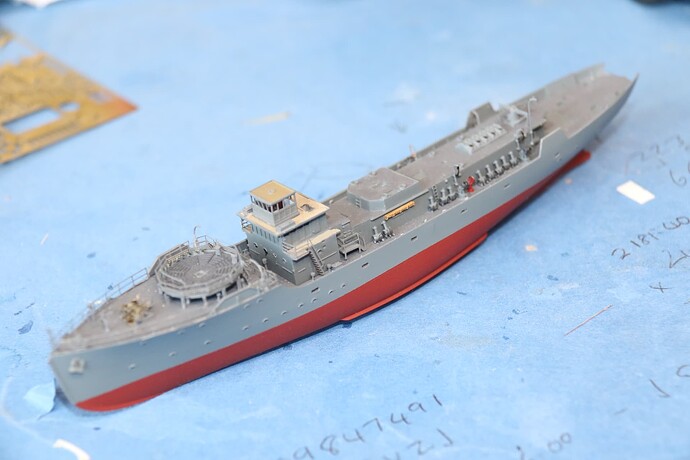You’re aware 507B “Medium Grey” didn’t exist, I assume? That’s an error made by Alan Raven in the 1970s when he had a bunch of old paint samples, a bunch of names and married them up until he had none left. It’s been widely repeated by other authors who don’t do proper research and just copy other peoples’ homework since, but nevertheless it didn’t exist. 507B existed, but it was identical to 507A in colour i.e. dark grey, only 507B had a glossy finish and 507A was matt.
The 1936 formula finalised the colour used until the early 1950s as published in AFO 2680/36 (NS 3501/36)(05/11/36).
Dark grey paint, Pattern 507B
Pattern 409 White Lead 21lbs
Pattern 104 Zinc oxide 56lbs
Pattern 689 Paste Driers 3.5lbs
Oil, linseed, raw 12pts
Oil, linseed, boiled 8pts
Turpentine substitute 2pts
Pattern 370A Blue-black paste 7lbs
Ten pints of dark grey enamel, Pattern 11, to be added to each cwt of paint
The Pattern 11 dark grey enamel made 507B harder wearing and glossy, a peacetime decision made in the late 1920s because battleships were repainting on average 8 times per year trying to stay looking smart and a tougher paint was desired.
Gloss paints were both expensive and undesirable in wartime due to reflection and glare though:
AFO 211. Mixed Paints (N.S./D.A. 1106/38-19.1.1939.) states the following:
Mixed Paints
Dark grey paint, Home Fleet shade, for other than weather work, is being added to the Authorised List as Pattern 507a. The formula is the same as Pattern 507B except that the enamel is omitted.
2. The description of Pattern 507B has been amplified to read:- “Paint mixed, dark grey, Home Fleet shade, for weather work”.
We see in this important AFO that Pattern 507A and 507B are both Home Fleet shade and featured identical pigmentation, only including or excluding the enamel paint and intended for different parts of the ship.
On the 17th of October 1940 AFO 3935.- Economy of Paint during the War (D. 12427/40.-17.10.1940.) was published giving the following orders to the fleet (orders (i) and (ii) omitted as not relevant to paint discussion):
During hostilities it has been decided that considerable economies are to be effected in the painting of H.M. ships and auxiliaries. The following instructions are, therefore, promulgated for information and guidance:-
(iii) Finishing Coats:- The use of enamel is to be entirely suspended for the duration of the war in all ships, when stocks in the dockyards have been used up. For internal work … . For external work two coats are to be applied. For parts visible from outside the ship, the finishing coats are to be matt paint.
(iv) Varnish.- The use of varnish on spars is to be discontinued, wood spars generally are to be painted.
(v) Decks.- Bare steel weather decks visible from the air are to be painted with two coats of red oxide of iron followed by two coats of non-slip grey paint. Bare steel decks below …
Effectively this would have suspended 507B shortly thereafter and this was confirmed in AFO 4074 Economy in the Use of Zinc Oxides (D.8136/41 – 18. 9.1941) which explicitly discontinued the use of 507B during the period of hostilities.
